Equipment Guidelines
The type of equipment you choose can make a difference to the success of your project. Guidelines for the best equipment to use are always detailed on the paint can and if a particular type of brush or roller is required, it will be specified.
The type of equipment you choose can make a difference to the success of your project. Guidelines for the best equipment to use are always detailed on the paint can and if a particular type of brush or roller is required, it will be specified.
Brush
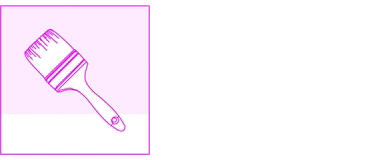
It is always important to choose a good quality brush, which is as large as you can comfortably use. A good brush is a good investment and should be cleaned properly after use.
Roller
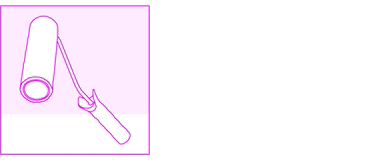
Generally, a medium pile roller is recommended for antifouling application, and a small cell foam roller for gloss finishes.
Spray

Although our products are designed for easy application by brush or roller, many can also be spray applied but will require specialist equipment. Consult product data sheets for spray equipment recommendations.
Stirring Stick
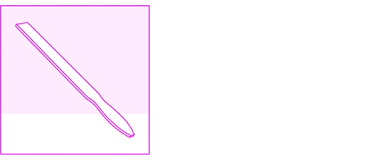
A suitable stirrer will be needed to stir the paint prior to use; an old screwdriver is not suitable for this job. A stirring stick is best. Remove surface dust with a dust wipe.
Mixing Cup

Mixing cups with graduated mixing ratio indicators are designed to ensure the correct and precise measuring and mixing proportions of paints, activators and thinners.
Masking

Prior to painting, the target area should be masked off using a high quality clean-edged tape. There are two types available; paper masking tape which is suitable for antifouling, and high performance tapes which are suitable for topsides finishes and will prevent creep.
Scraper
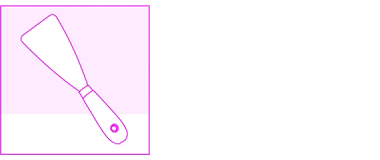
Use a scraper to remove old paint. Ensure you keep the tool sharp; it's a good idea to round off the corners to minimize the risk of gouging. A ‘dragging’ type is usually more controllable than a ‘pushing’ type.
Grinder
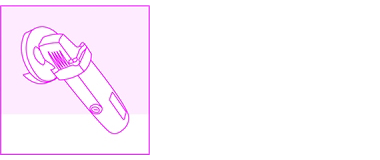
Angle grinders are used for grinding, polishing and cutting. With a wide variety to choose from, the most important factors to consider are the disc size and how powerful the motor is. The type of disc required will depend on the job being carried out.
Sandpaper

When sanding, the amount of paper you will use will vary enormously. A very approximate guide would be one sheet per square yard of bare substrate, such as wood or fiberglass. It is always better to use a sanding block to achieve a smoother surface. For previously painted surfaces, half a sheet per square yard is a rough guide and sanding down between coats will use a similar amount. Antifouling must only be wet sanded.
Paint your boat like a pro
Find the best products to keep your boat in great condition
Get all the support you need to paint with confidence
Benefit from our continuous innovation and scientific expertise






